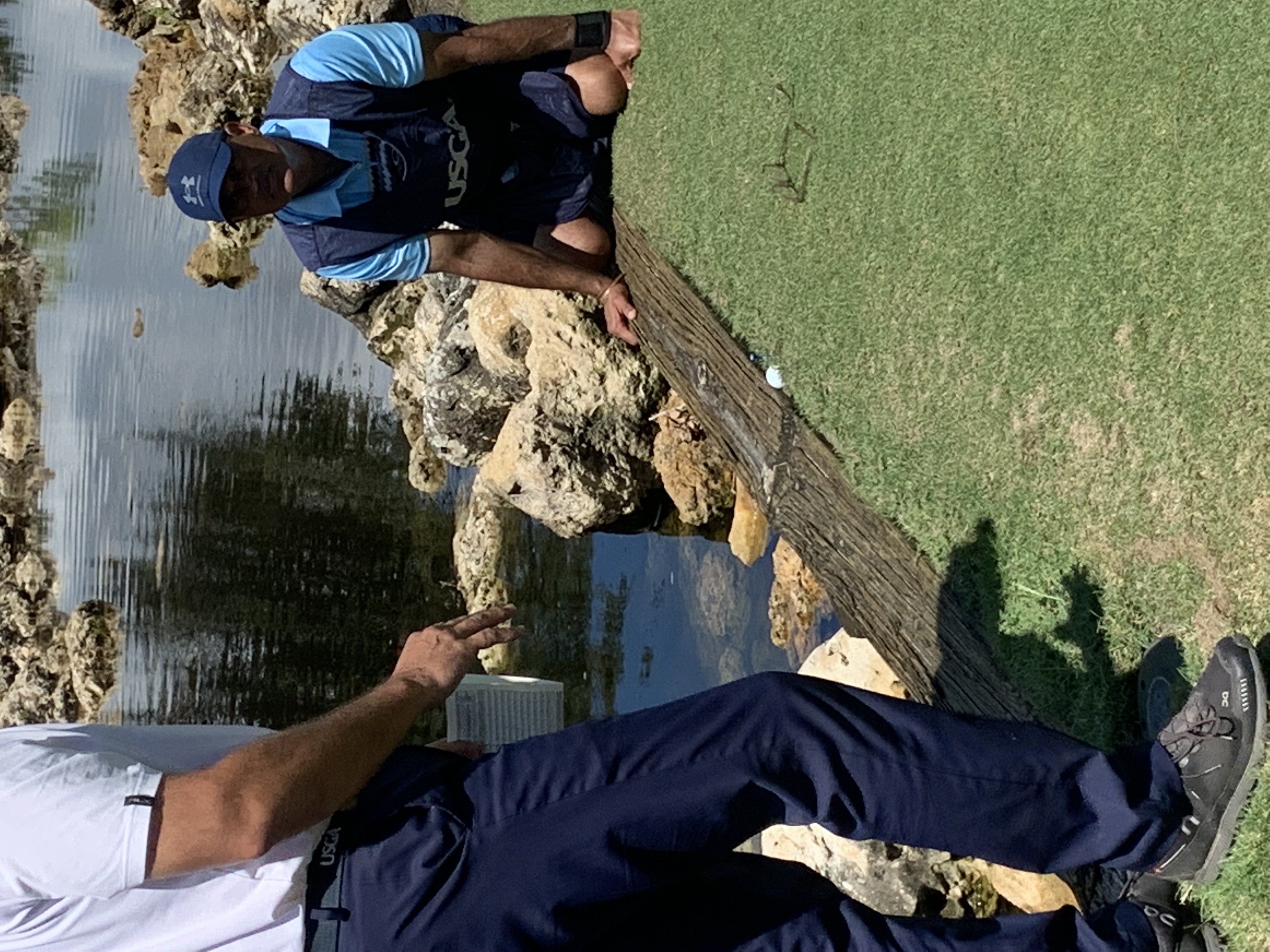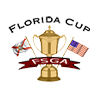Written by: Darin Green, Senior Director of Rules & Competitions
 Nearly a month ago the USGA conducted the U.S. Women’s Mid-Amateur at Fiddlesticks Country Club in Fort Myers. The USGA invited several FSGA staff members and FSGA volunteers to assist at the championship. I was fortunate to officiate the first two rounds of the championship. Below is an interesting ruling I was involved during a stroke play round.
Nearly a month ago the USGA conducted the U.S. Women’s Mid-Amateur at Fiddlesticks Country Club in Fort Myers. The USGA invited several FSGA staff members and FSGA volunteers to assist at the championship. I was fortunate to officiate the first two rounds of the championship. Below is an interesting ruling I was involved during a stroke play round.
For the second round, I was assigned as a Rules Official to the par 3 third hole. The third hole is a short par 3 with a red penalty area located short, and to the right, of the green. In their Local Rules, the USGA specified that green-side edge of the wood bulkhead determine the edge of the red penalty area.
While I was sitting in the shade under a tree, a player near the green waived to get my attention. I drove up to the green and asked her how I may help. She pointed to her ball and asked if she gets any free relief because the ball is embedded. Her ball was embedded in its own pitch mark; however, it appeared the ball was also touching the wood bulkhead. After a close inspection, I told her that since her ball was touching the wood, which defined the edge of the red penalty area, the ball was in the penalty area and relief is not available for an embedded ball. Her caddie was less certain that the ball was touching the wood and encouraged the player to ask for a second opinion, which she did. Therefore, I put a call out on the radio and asked for a Roving Official to come to the third hole. A few minutes later, USGA staff member, Francisco Rivera, arrived on the scene.
Francisco inspected the situation and returned to his cart to get a piece of paper. He carefully slid the piece of paper between the ball and the wood to determine if the ball was touching the wood. Sure enough, the paper proved the ball was touching the wood. He informed the player that there was no free relief for an embedded ball since the ball was in the penalty area.
The player then asked Francisco what her options were if she were to take relief from the penalty area. Francisco determined that the ball must have fully crossed the edge of the penalty area for split second before coming to rest against the wood, so the point where the ball last crossed into the penalty area is the actual spot where the ball is touching the wood. He explained to the player that one of her three options is to drop a ball within two club-lengths of that spot, but no closer to the hole. She was able to measure onto the fringe and drop a ball in that area for a one-stroke penalty. She made an easy bogey 4 on the hole.






